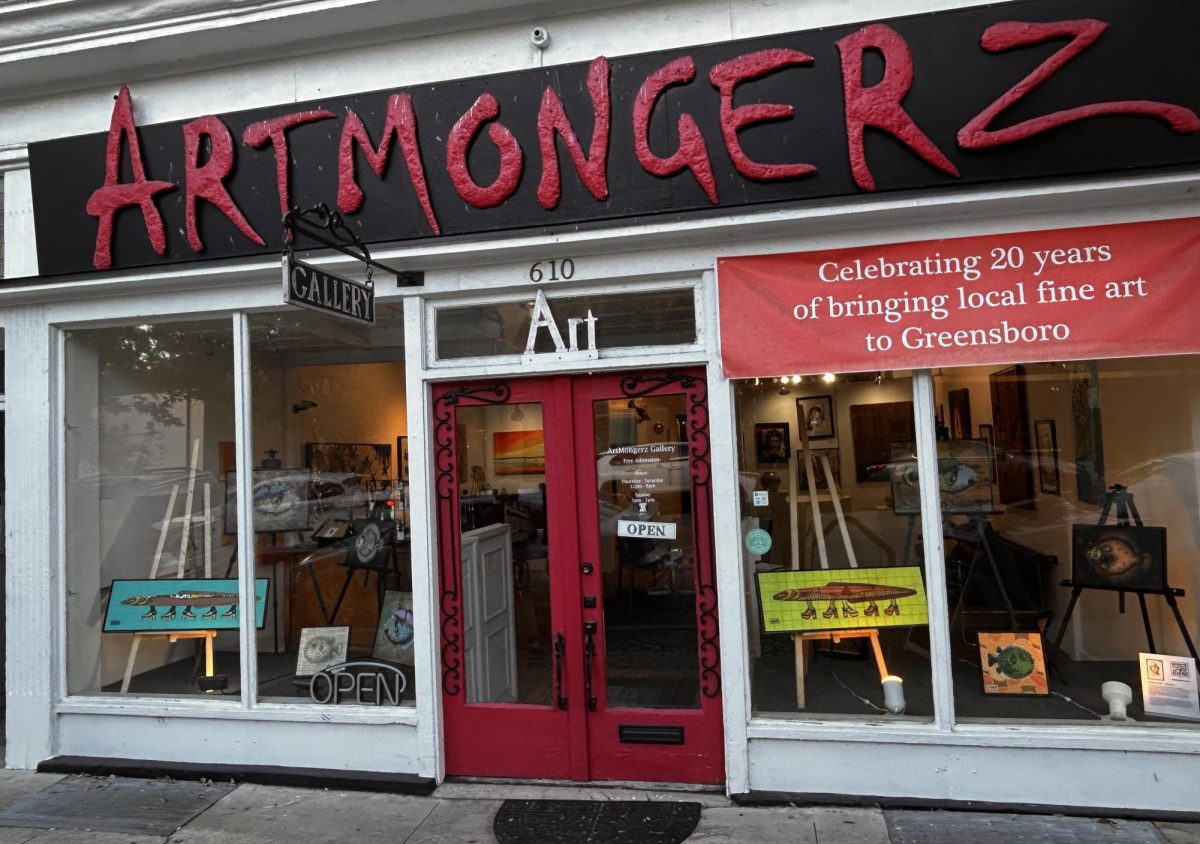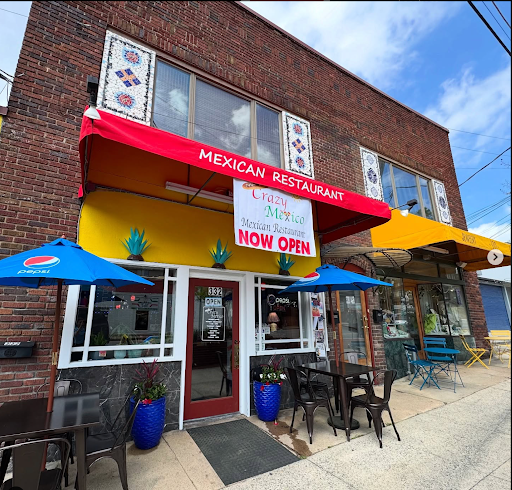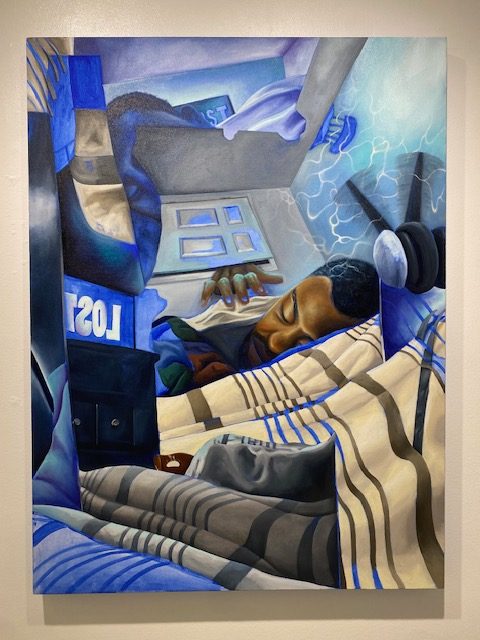Published September 17, 2014
Kevin G. Hall – MCT Campus
WASHINGTON — America’s torrid love affair with the credit card appears over. In its place is a less passionate, more stable relationship.
Wild spending and mounting personal debt characterized the run-up to the 2008 financial crisis. The subsequent Great Recession was marked by frugality and a long slog back. Now Americans are comfortable enough to take on more debt, especially credit card debt. Just not too much.
That was evident in Federal Reserve data released last week that showed the amount of credit extended to consumers grew at an annual rate of 9.7 percent in July. Revolving credit — bank-issued credit cards and retail store cards —grew at an annual rate of 7.4 percent. That was almost three times June’s annualized rate of 2.5 percent.
The growth rate stands out when compared with last year, when the full-year rate of the growth of debt on bank cards and retail cards was 1.3 percent. Card debt was largely flat in the two previous years and it had fallen sharply in 2009 and 2010, when Americans frowned on debt.
The website CardHub, a place for consumers to shop for cards and rates, projects a $41.9 billion net increase in credit card debt this year, 8 percent more than in 2013 and 14 percent above 2012.
A CardHub study earlier this year raised concerns that consumers are paying off less debt than they did a year ago.
Signs of a credit bubble as before the crisis? Theodore Iacobuzio, MasterCard’s vice president of global insights, a research unit, isn’t worried.
“Yes, people are going back to using the credit card, but they’re not going back to how they used them before,” he said.
Before the financial crisis, Americans had about seven general-purpose credit cards per household, he said, excluding debit and store cards. Today the average is about four, he said.
Americans are using credit cards now as one of several financial tools, along with debit and prepaid cards. And they’re paying off much bigger chunks of what they borrow.
“Cards are now being used by consumers as a way to navigate economic waters . . . not as wish fulfillment,” Iacobuzio said, adding, “I can’t emphasize enough how much of a 180 this was.”
Indeed, payment delinquency rates, which tend to be high when consumers have overextended themselves, are at record lows. From April through June, 2.25 percent of credit card accounts were delinquent.
It suggests two overlapping realities: Many Americans have sharply paid down their credit card debt and are wary of taking on more, while others who defaulted on their payments can no longer get credit cards.
The 2.25 percent delinquency rate is the lowest since the Federal Reserve began publishing the number in 1991, and roughly a third of the peak of 6.78 percent during the same period in 2009, when the financial crisis was in full bloom.
Tempering the return to credit cards is growth in prepaid cards from companies such as Green Dot and Wal-Mart, which have become a viable alternative to checking accounts and debit cards.
These cards are bank-like. Consumers can check their balances online or via text message, without the fees and relationship of a bank account or bank-issued credit card. With so many jobs lost during the Great Recession, and so many Americans working two or even three jobs to make ends meet, the prepaid card was a good fit for many consumers.
“I think that has definitely helped the growth in prepaid,” said Madeline Fernandez, the chief customer officer for Green Dot, based in Pasadena, Calif. “It’s unfortunate that that’s the way we’ve been helped, but it’s definitely made consumers think about how are they managing their finances, how much debt they want to take on.”
The sums loaded onto general-purpose reloadable prepaid debit cards nearly tripled from 2008 to 2012, to $76.7 billion.
Researcher Mercator Advisory Group Inc. projects the number will rise to $168.4 billion by next year, according to CardHub.






